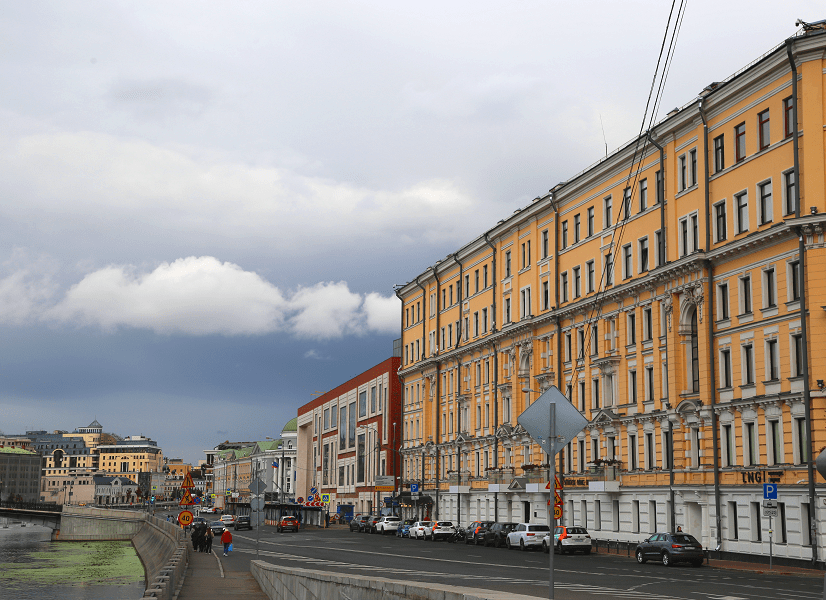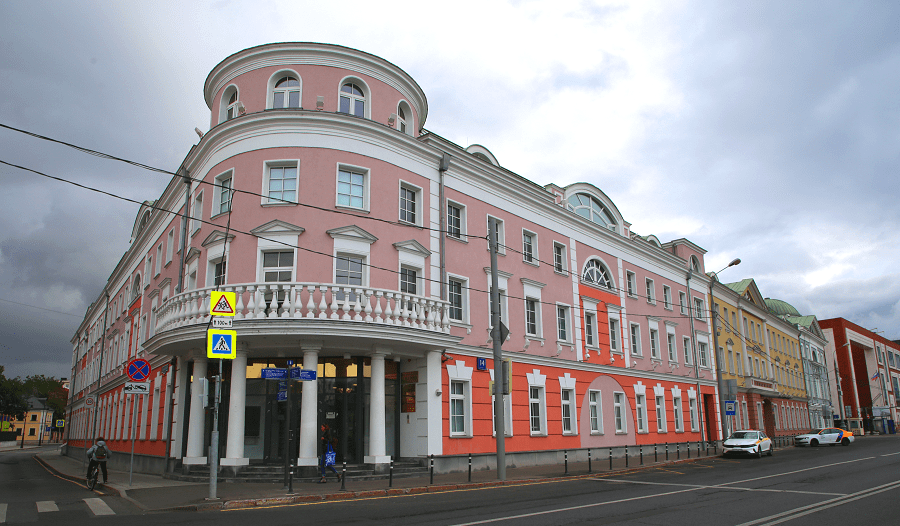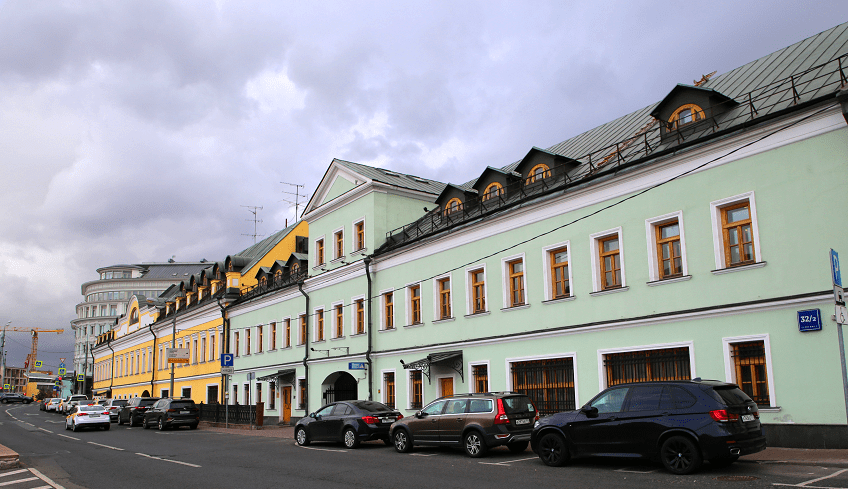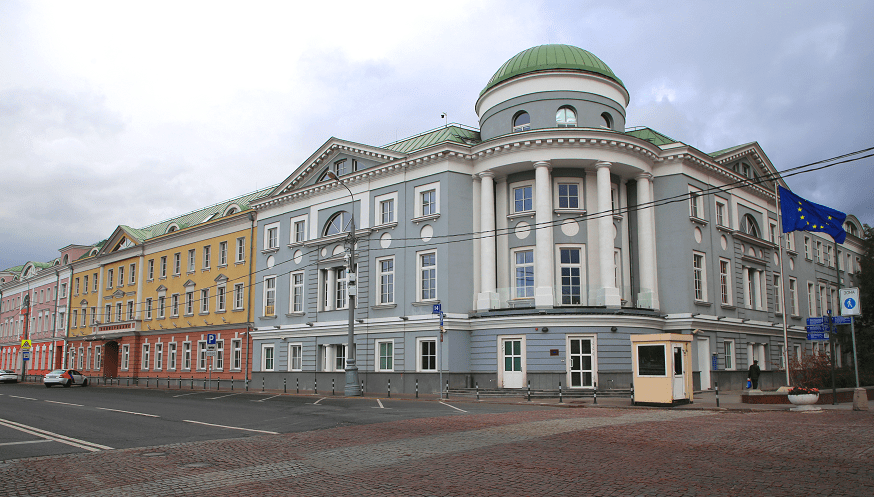Kadashevskaya Embankment – the Vodootvodny Canal embankment in the center of Moscow in the Yakimanka and Zamoskvorechye districts between Bolshaya Polyanka and Pyatnitskaya streets.
It arose on the site of the palace Kadashevskaya Khamovnaya settlement of the 17th century. For the first time, Kadashevo (Kadashi) is mentioned in the will of Ivan III of 1504. In the XVI century. Kadashevskaya Sloboda becomes, along with Khamovnicheskaya Sloboda, the center of textile (boorish) production in Moscow. Here was the Kadashevsky Khamovny yard – a linen manufacturer, later turned into the Sovereign Mint.
The development of the embankment was formed based on the “Projected Plan” of 1775 and was unique for Moscow: houses of the same type with central passages and benches on the ground floor stood along the red line.
Notable buildings
On the even side:
No. 6 – a stone house, part of the ensemble of the Trubetskoy city estate. In the 19th century, the house was rebuilt by the architect M. M. Cherkasov; in the Soviet years, two upper floors were added.
No. 10, p. 1 – until 2010, the building of the exchange artel of the Khludov merchants, built in 1898, was located on this site. The building was demolished by order of the Tretyakov Gallery for the construction of a new museum building.
No. 14 – office building of the European Union (1996-1999, Mosproekt-2, architects M. Leonov, D. Barkhin, T. Koroleva).
No. 26 is the J&T Bank office building.
No. 30 is the headquarters of MegaFon OJSC.
No. 32, p. 7 – chambers of the pre-Petrine time.
No. 38/2, pp. 1, 2 – residential buildings with shops (late 18th century; first third of the 19th century; 1857; 1880).
Nearest metro: Tretyakovskaya, Novokuznetskaya.















